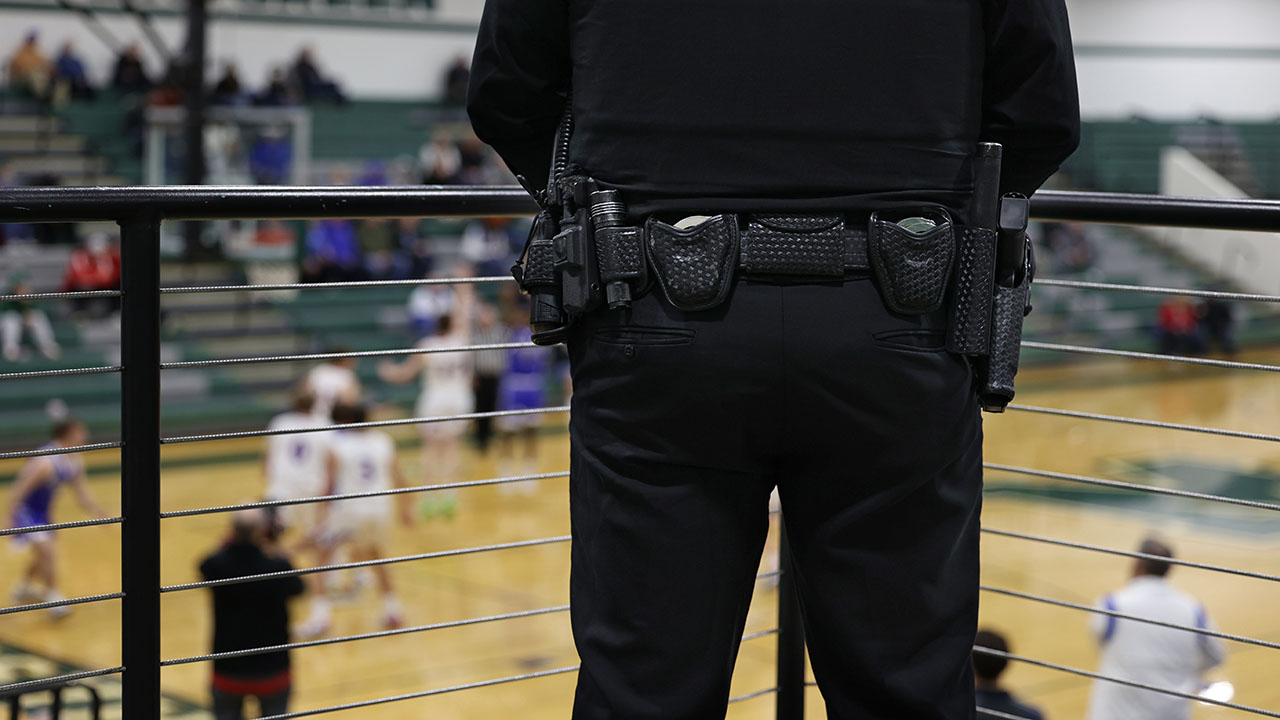
The Best Leaders Know When to Go Slow and When to Go Fast (Opinion)
Recently, I was on a call with a few others providing feedback to a colleague on their strategy to implement a significant education leadership grant. One of the participants—Max Silverman, who leads the Center for Educational Leadership at the University of Washington—commented that leaders need to know when to go slow and when to go fast.
This notion grabbed me at the time, and I’ve been thinking about it ever since. When should a school or system leader make a quick move and just get something done, and when should they deliberate and take their time before making a decision?
One of my mantras is that leaders need to slow down the inquiry to speed up the action. There’s always a long list of stuff that needs to be done, and some leaders I’ve known immerse themselves in day-to-day management and avoid making tough long-term decisions.
The best leaders understand the need to solve the countless problems that arise on a daily basis but also use those problems as an opportunity to understand the root causes.
Let’s take the example of student discipline. When students continually act out, there need to be consequences. But if there’s no examination of the root causes of a child’s behavior or of the conditions within a school that may contribute to a disruptive environment, treatment will stop at the symptom and never get to the cure.
Leaders need to both deal with the immediacy of the issue while also engaging in deliberative analysis to determine why it’s happening in the first place. That’s real problem-solving.
Another big issue system leaders face this year is the proper use of generative AI. Let’s be clear: while none of us knows all the answers, we are watching the future unfold right in front of us when it comes to leveraging artificial intelligence in our classrooms and schools. We have the opportunity to be part of something truly exciting and game changing.
But interest and excitement don’t yet equal impact. There’s no doubt there’s enormous potential in generative AI technology and leaders can’t just sit on the sidelines and wait for someone else to tell them how to harness the power of AI and incorporate it into daily instruction.
Waiting for a randomized control trial to prove AI’s utility will fail to capture some genuine opportunities. Jumping in too quickly could prove equally disastrous.
So, what’s a system leader to do? Most importantly, they need to embrace the unknown as a learning opportunity for the entire community and create a process that builds trust. Given the whirlwind interest in AI from all corners of the universe, I think superintendents and school boards should go fast by setting up a task force of stakeholders to explore the issue and start with small experiments and pilots by teachers who are excited to jump in feet first.
I know, I know, task forces can be the death knell for good ideas. But in this case, given the complexity and amorphousness of AI, we really don’t know the best solution. And since public education serves the public, it has complex regulatory, governance, and funding limitations. Internal and external stakeholders both need a say in how AI is used.
A task force with a clear timeline, specific outcomes, transparent decisionmaking responsibilities, and intentional representation shows the community that AI is being taken seriously without committing too many resources too soon. More importantly, by bringing in multiple voices and perspectives and trying out different approaches based on teachers’ actual uses in the classroom, the ultimate decision will likely be solid.
Some issues system leaders face force them to move slow when they’d love to move fast, such as removing underperforming teachers or administrators. Labor laws, union contracts, due process, and the overwhelming nature of supervising too many people can make it difficult for a leader to move quickly.
Unfortunately, the public doesn’t always understand or accept the nature of these decisions and seeks expedited resolutions that are nearly impossible to achieve. And sometimes, leaders allow personnel issues to fester and hide behind process in order to avoid difficult decisions or the risk of legal action, even if they know in their gut that moving fast to remove someone would be better for everyone involved.
Nonetheless, leaders need to step back and ask themselves, and those around them, is this something I can move quickly on? What are the risks and rewards? Does it require more deliberation?
There’s never going to be a perfect answer, nor will every decision be right. But leaders would do well to remember that making a decision, even one that ends up being wrong, is often better than no decision at all. Simply by considering the question of whether to go slow or to go fast, I think leaders will both instill confidence in their decisionmaking process and, more likely than not, make the right ones.
Dig Deeper With Our Longreads
Newsletter Sign up to get our best longform features, investigations, and thought-provoking essays, in your inbox every Sunday.
The MEN was founded by John Huber in the fall of 2020. It was founded to provide a platform for expert opinion and commentary on current issues that directly or indirectly affect education. All opinions are valued and accepted providing they are expressed in a professional manner. The Maryland Education Network consists of Blogs, Videos, and other interaction among the K-12 community.
Recent Video
Worc. Sheriff and SA recommend Schools Partner with SRDs to Trespass Any...
I this series of videos, I dive deeply into the recommendations that the Sheriff and State’s Attorney have put...





